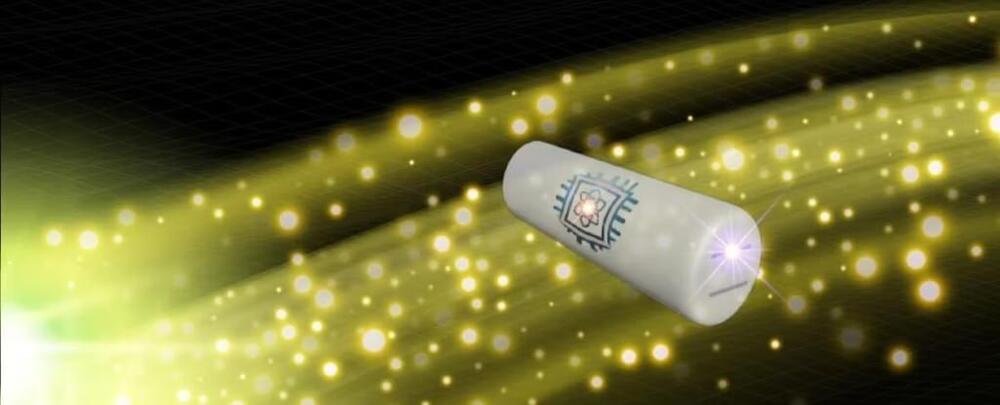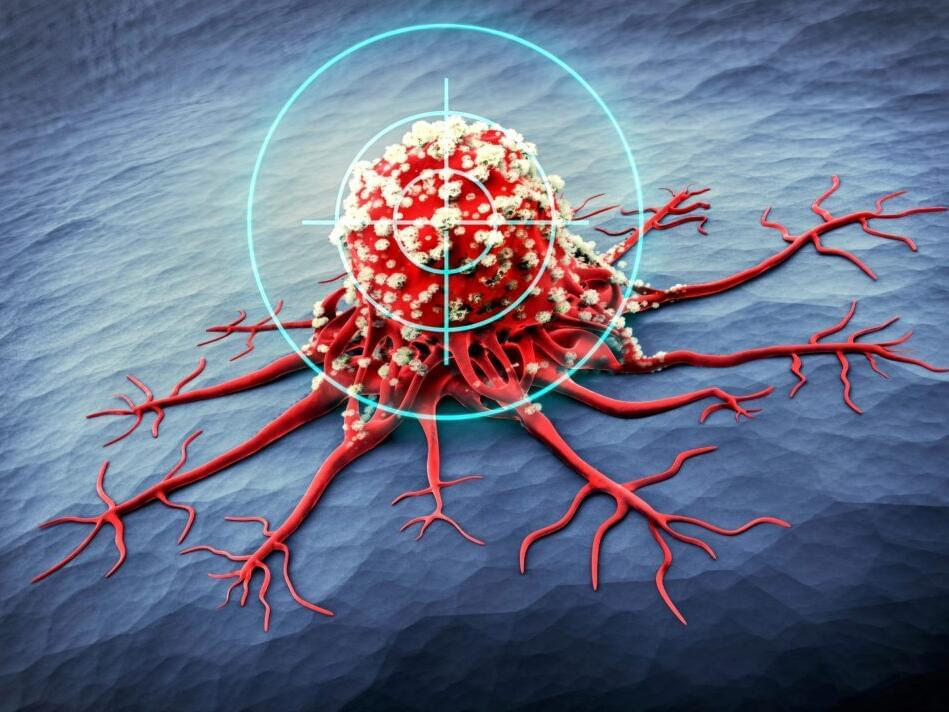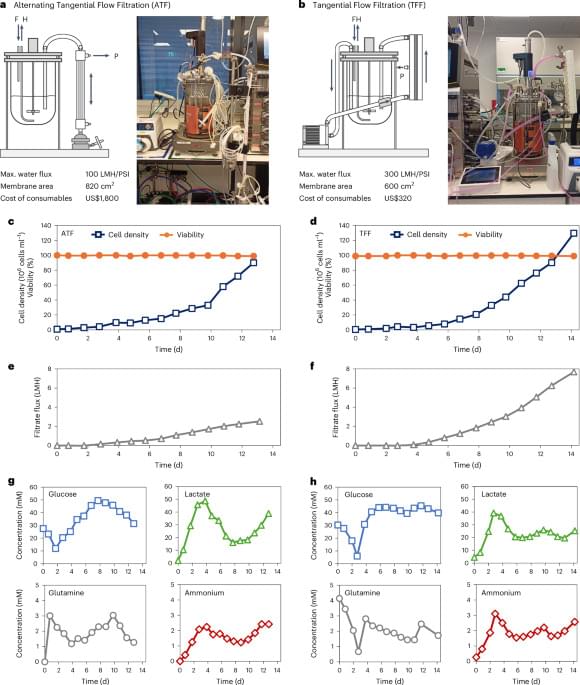The eROSITA telescope’s detailed pictures are among the most precise cosmological measurements ever made.


If you love card games, definitely check out Doomlings. Click here and use code ISAAC20 to get 20% off of your copy of Doomlings! https://bit.ly/IsaacDoomlings.
Could something in the future alter the past, so that effect came before cause? Does quantum mechanics truly allow this, as often hinted?
Join this channel to get access to perks:
/ @isaacarthursfia.
Visit our Website: http://www.isaacarthur.net.
Join Nebula: https://go.nebula.tv/isaacarthur.
Support us on Patreon: / isaacarthur.
Support us on Subscribestar: https://www.subscribestar.com/isaac-a…
Facebook Group: / 1583992725237264
Reddit: / isaacarthur.
Twitter: / isaac_a_arthur on Twitter and RT our future content.
SFIA Discord Server: / discord.
Credits:
Retrocausality: Cause After Effect.
Episode 461a; August 25, 2024
Produced, Written \& Narrated by: Isaac Arthur.
Select imagery/video supplied by Getty Images.
Music Courtesy of Epidemic Sound http://epidemicsound.com/creator

The graviton – a hypothetical particle that carries the force of gravity – has eluded detection for over a century. But now physicists have designed an experimental setup that could in theory detect these tiny quantum objects.
In the same way individual particles called photons are force carriers for the electromagnetic field, gravitational fields could theoretically have its own force-carrying particles called gravitons.
The problem is, they interact so weakly that they’ve never been detected, and some physicists believe they never will.

Cancer treatment has reached a new milestone with the development of an innovative method to destroy cancer cells using molecular jackhammers, offering hope for more targeted and efficient therapies.
This cutting-edge approach utilizes advanced molecular science to disrupt cancer cells in a way that could minimize harm to healthy tissue.
A collaborative team of scientists has found that stimulating aminocyanine molecules with near-infrared light causes them to vibrate in sync, producing enough force to effectively rupture the membranes of cancer cells without invasive procedures.

In the ongoing battle against cancer, a new AI approach is being explored that holds the potential to revolutionize the future of personalized cancer treatments.
The technology, which is an amalgamation of artificial intelligence, molecular dynamics simulations, and network analysis, aims to predict the binding sites on cancer-related proteins. This will pave the way for a faster development of treatments tailored for individual cancer patients.
The study was led by Dr. Rafael Bernardi, an associate professor of biophysics in the Department of Physics at Auburn University. As part of a collaborative effort with the University of Basel and ETH Zurich, the team is breaking barriers on how we understand and fight cancer.



So what if we wont have anymore healthy societies and economies to enable us on the jump for interplanetary transports?
He explained, “These will be uncrewed to test the reliability of landing intact on Mars. If those landings go well, then the first crewed flights to Mars will be in 4 years,” adding, “Flight rate will grow exponentially from there, with the goal of building a self-sustaining city in about 20 years. Being multiplanetary will vastly increase the probable lifespan of consciousness, as we will no longer have all our eggs, literally and metabolically, on one planet.”
The first Starships to Mars will launch in 2 years when the next Earth-Mars transfer window opens.
These will be uncrewed to test the reliability of landing intact on Mars. If those landings go well, then the first crewed flights to Mars will be in 4 years.

But what if you’re a manufacturer without the budget, bandwidth or time to invest in advanced digital transformation right now? You can still take practical steps to move forward. Start with fundamental data collection and analytic tools to lay the groundwork. Leveraging visibility solutions like barcode scanning, wearables or other basic Internet of Things (IoT) devices can help monitor machines and provide insights and improvements.
Quality is the final piece of the equation. Once you’re further down the path to transformation, implement visibility solutions and augment and upskill workers with technology to optimize quality. To drive quality even further, add advanced automation solutions. You don’t have to boil the ocean on your digital transformation journey—take it one step at a time from wherever you’re starting.
Most manufacturers (87%) in Zebra’s study agree it’s a challenge to pilot new technologies or move beyond the pilot phase, yet they plan to advance digital maturity by 2029. With the right technology tools and solutions in place to advance visibility, augment workers and optimize quality, they will get there.
Human lifespan is shaped by both genetic and environmental exposures and their interaction. To enable precision health, it is essential to understand how genetic variants contribute to earlier death or prolonged survival. In this study, we tested the association of common genetic variants and the burden of rare non-synonymous variants in a survival analysis, using age-at-death (N = 35,551, median [min, max] = 72.4 [40.9, 85.2]), and last-known-age (N = 358,282, median [min, max] = 71.9 [52.6, 88.7]), in European ancestry participants of the UK Biobank. The associations we identified seemed predominantly driven by cancer, likely due to the age range of the cohort. Common variant analysis highlighted three longevity-associated loci: APOE, ZSCAN23, and MUC5B. We identified six genes whose burden of loss-of-function variants is significantly associated with reduced lifespan: TET2, ATM, BRCA2, CKMT1B, BRCA1 and ASXL1. Additionally, in eight genes, the burden of pathogenic missense variants was associated with reduced lifespan: DNMT3A, SF3B1, CHL1, TET2, PTEN, SOX21, TP53 and SRSF2. Most of these genes have previously been linked to oncogenic-related pathways and some are linked to and are known to harbor somatic variants that predispose to clonal hematopoiesis. A direction-agnostic (SKAT-O) approach additionally identified significant associations with C1orf52, TERT, IDH2, and RLIM, highlighting a link between telomerase function and longevity as well as identifying additional oncogenic genes.
Our results emphasize the importance of understanding genetic factors driving the most prevalent causes of mortality at a population level, highlighting the potential of early genetic testing to identify germline and somatic variants increasing one’s susceptibility to cancer and/or early death.
The authors have declared no competing interest.